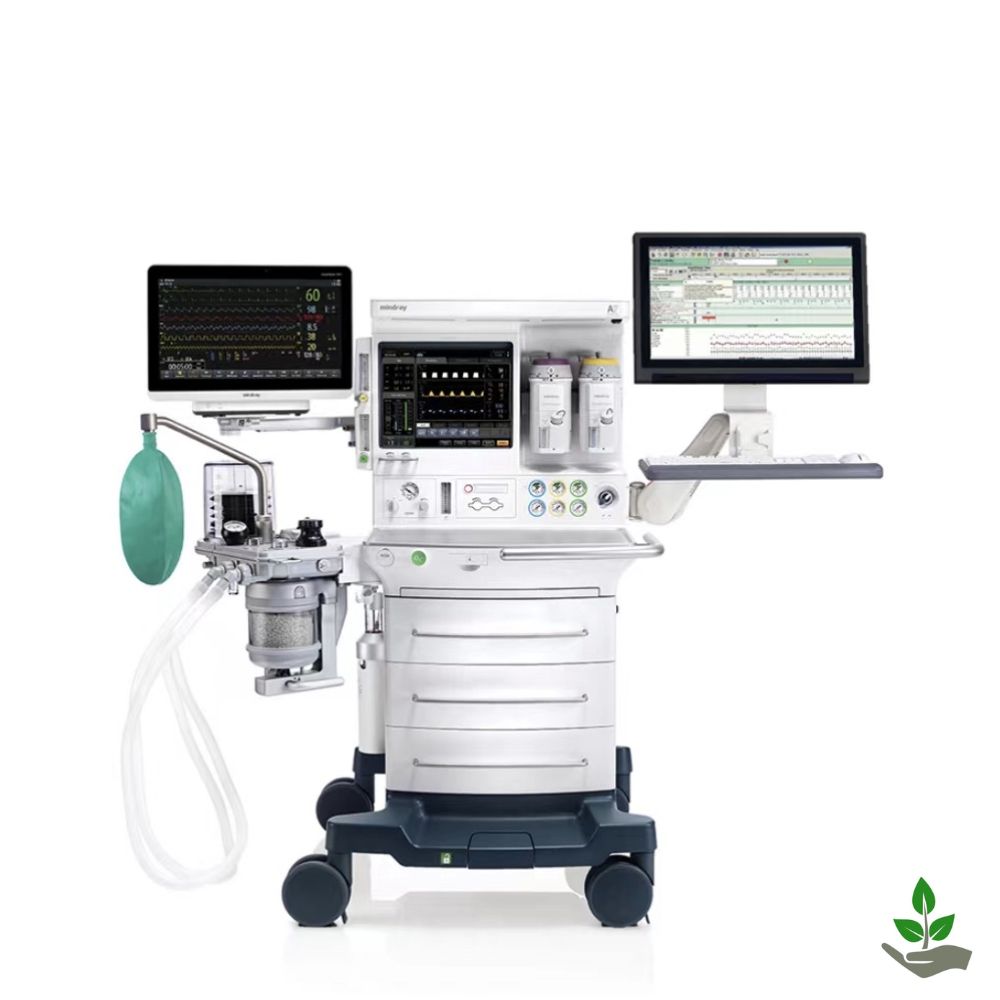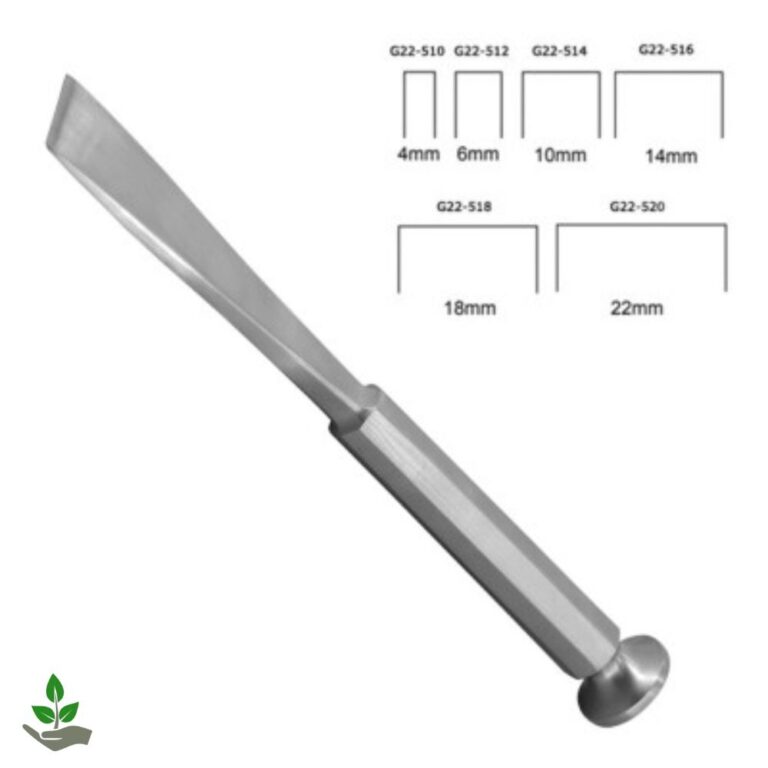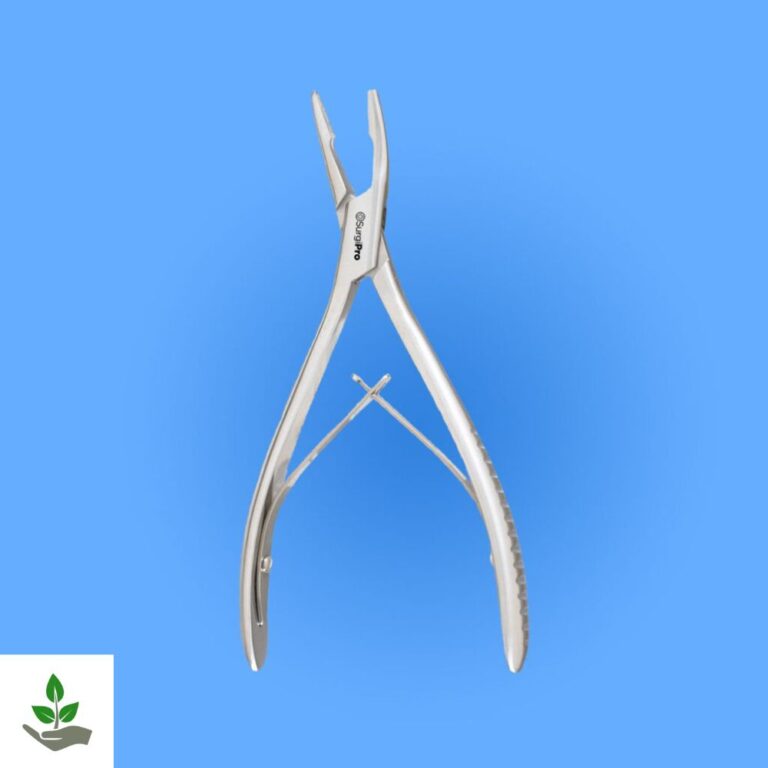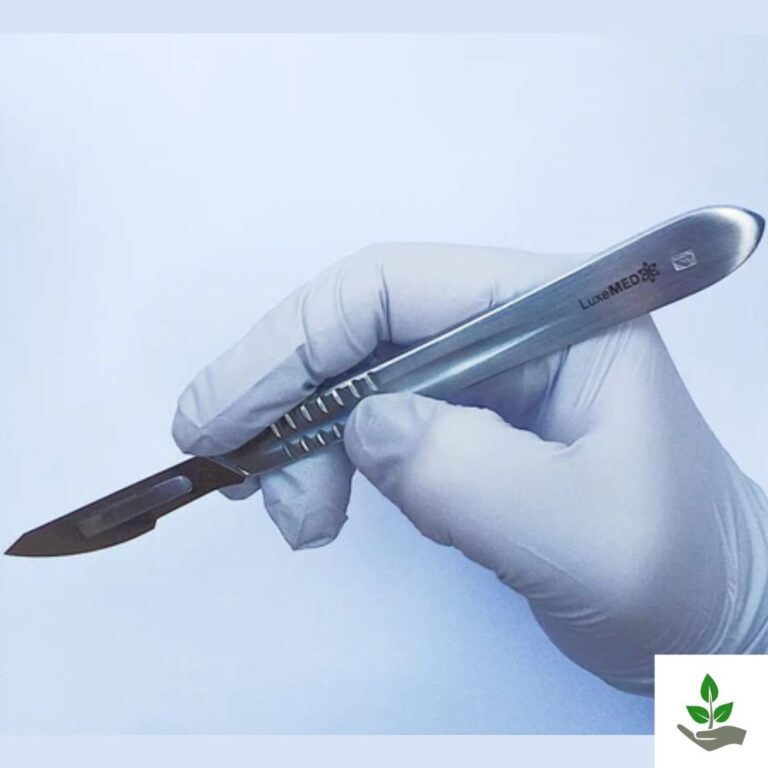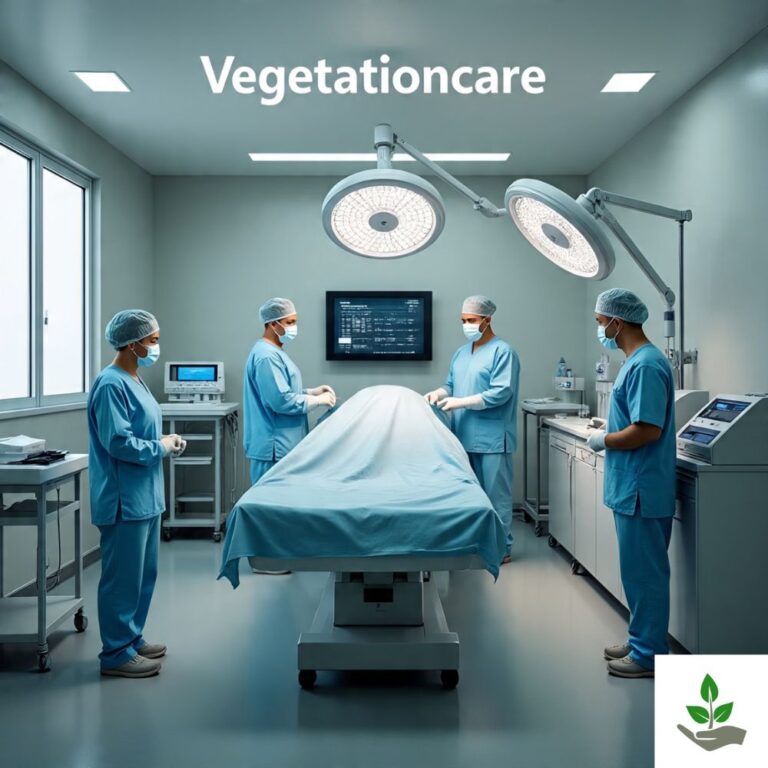About Anesthesia Machine Everything You Need To Know
Imagine undergoing surgery without the assurance of effective anesthesia. It’s a chilling thought that underscores the importance of Anesthesia Machines in contemporary medicine. These machines are not just gadgets.
They deliver a continuous and precisely controlled supply of medical gases mixed with anesthetic vapors, ensuring patients remain safe and comfortable during procedures. You through the intricate workings of these machines, including their components, types, and essential safety measures.
What Is an Anesthesia Machine?
This machine, also known as an anesthesia workstation or delivery system, serves as a vital lifeline in the operating room, ensuring patients remain unconscious and pain-free throughout surgical procedures.
This complex device expertly combines various gases and anesthetic agents, delivering them to the patient in a meticulously controlled manner. The precision of this delivery is paramount; even slight deviations can impact patient safety and surgical outcomes.
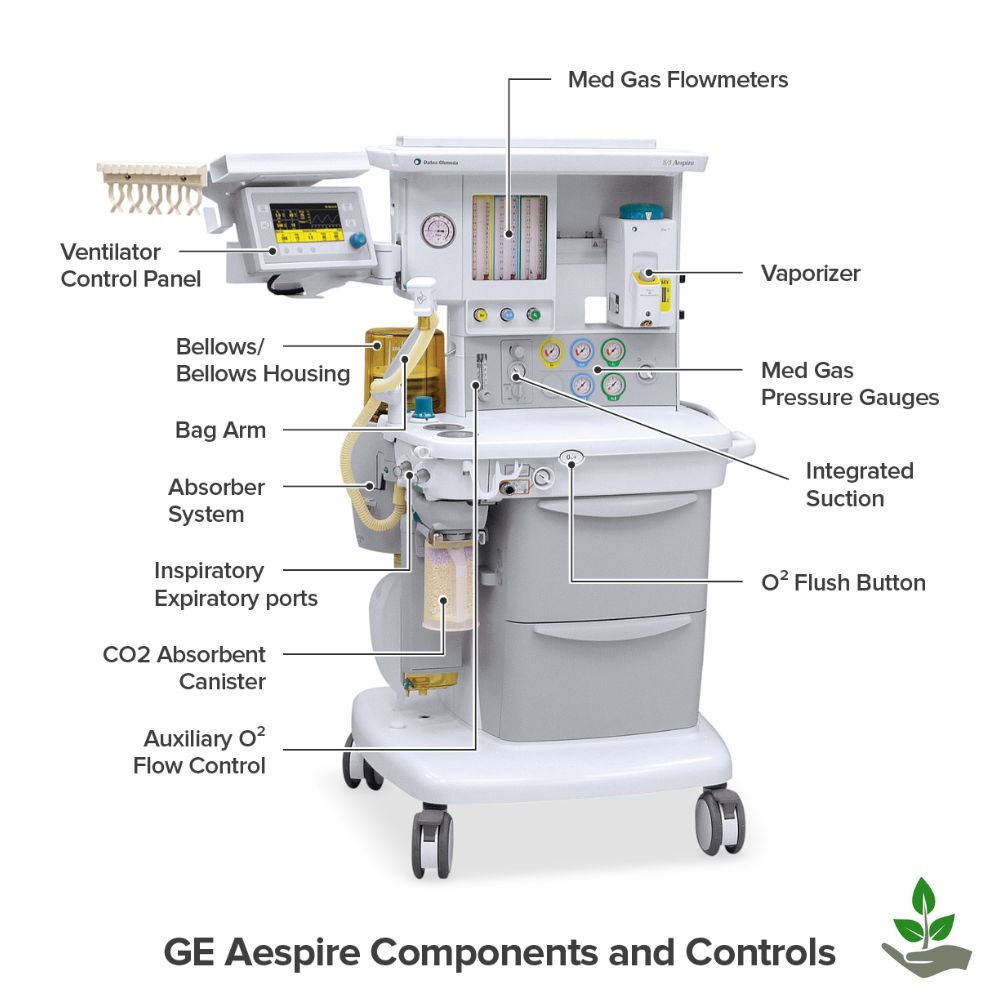
Modern machines are not just standalone devices but sophisticated systems that integrate advanced monitors, alarms, and electronic controls. These features enhance the safety of anesthesia administration by providing real-time data on the patient’s vital signs and the concentration of anesthetic agents being delivered.
Main Components of an Anesthesia Machine
Gas Supply System
This intricate network includes essential components such as oxygen, nitrous oxide, and air cylinders or wall supply lines, each playing a critical role in patient care. The system meticulously controls the flow of these gases, ensuring that the right mixture reaches the patient at the precise moment it’s needed. Advancements in technology have enhanced the gas supply system’s reliability and safety features.
Pressure Regulators
These regulators reduce the high pressure from the gas cylinders to a safer, working level for delivery into the machine, allowing for precise control over the flow of anesthetic gases.
Flowmeters
Flowmeters are essential components of this machine, tasked with measuring and regulating the flow rate of each gas used during surgical procedures. Flowmeters typically consist of a series of calibrated glass or plastic tubes, each dedicated to a specific gas, such as oxygen, nitrous oxide, or volatile anesthetics.
Vaporizers
Vaporizers play a pivotal role in the functionality of this machine, serving as the bridge between liquid anesthetic agents and their gaseous forms. By converting liquid anesthetic agents like sevoflurane or isoflurane into vapors, these devices ensure that the patient receives the precise dosage required for sedation.
Breathing Circuit
The breathing circuit is a vital component of this machine, serving as the lifeline that connects the machine to the patient. This intricate system ensures that the patient receives a controlled mixture of anesthetic gases and oxygen while simultaneously facilitating the removal of carbon dioxide.
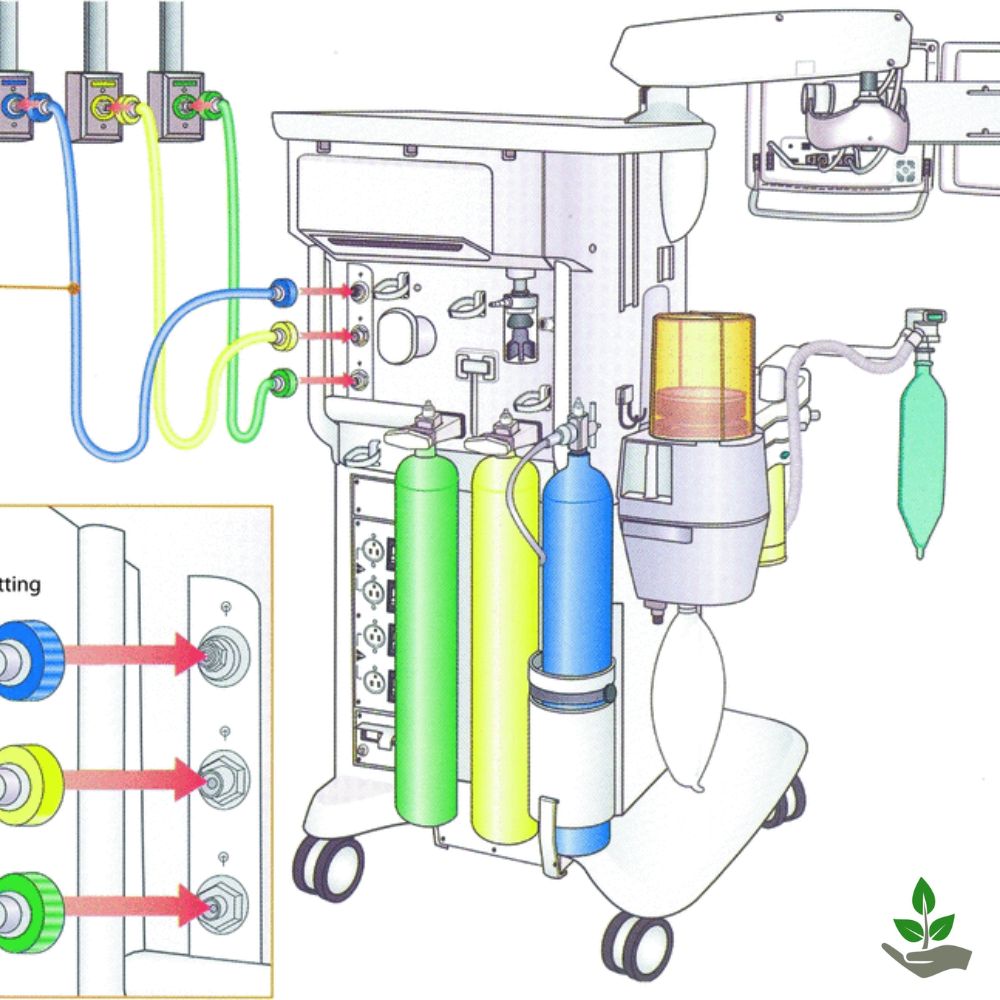
Ventilator
At the heart of this machine lies the ventilator, a critical component designed to support or completely take over a patient’s breathing during surgical procedures. his technology becomes indispensable, particularly in long or complex surgeries where maintaining adequate ventilation is paramount.
Scavenging System
The scavenging system is a crucial component of this machine, designed to enhance the safety of both patients and healthcare staff. This system effectively removes excess anesthetic gases from the operating room, protecting healthcare staff from prolonged exposure to potentially harmful substances.
Monitors and Alarms
Among these, the monitors play a crucial role, continuously tracking vital signs such as heart rate, blood pressure, oxygen saturation, and respiratory rates. Equally vital are the alarm systems embedded within these machines. Alarms serve as an essential line of defense, alerting medical staff to any deviations from established safe settings.
How Does This Machine Work?
It begins its journey by receiving medical gases, such as oxygen and nitrous oxide, from a high-pressure source. These gases are meticulously regulated through pressure regulators and flowmeters, which precisely control their flow rates to maintain optimal concentrations. After the gases are appropriately mixed, they pass through a vaporizer where a controlled amount of liquid anesthetic agent is introduced.
As this blend travels through the breathing circuit and reaches the patient’s lungs, it facilitates a gradual loss of consciousness and sensation. This machine continuously monitors and adjusts the mixture to ensure consistency, allowing anesthesiologists to focus on other critical aspects of patient care during surgery.
Types of Anesthesia Machines
Continuous Flow Machines
These machines operate by blending oxygen, nitrous oxide, and volatile anesthetics, ensuring that the patient receives the precise mixture necessary for effective sedation. This continuous flow not only maintains stable levels of anesthesia but also allows for rapid adjustments in response to changes in the patient’s condition, making them invaluable in dynamic operating room environments.
Draw-Over Machines
Draw-over machines represent a fascinating intersection of simplicity and effectiveness, particularly in low-resource settings or field environments. Unlike their more complex counterparts, these machines do not require electricity or advanced technology to function.
Automatic Machines
Equipped with electronic controls and computer interfaces that enhance the precision of drug delivery. These sophisticated devices automate many aspects of the anesthesia process, allowing for accurate dosing tailored to each patient’s unique physiological needs.
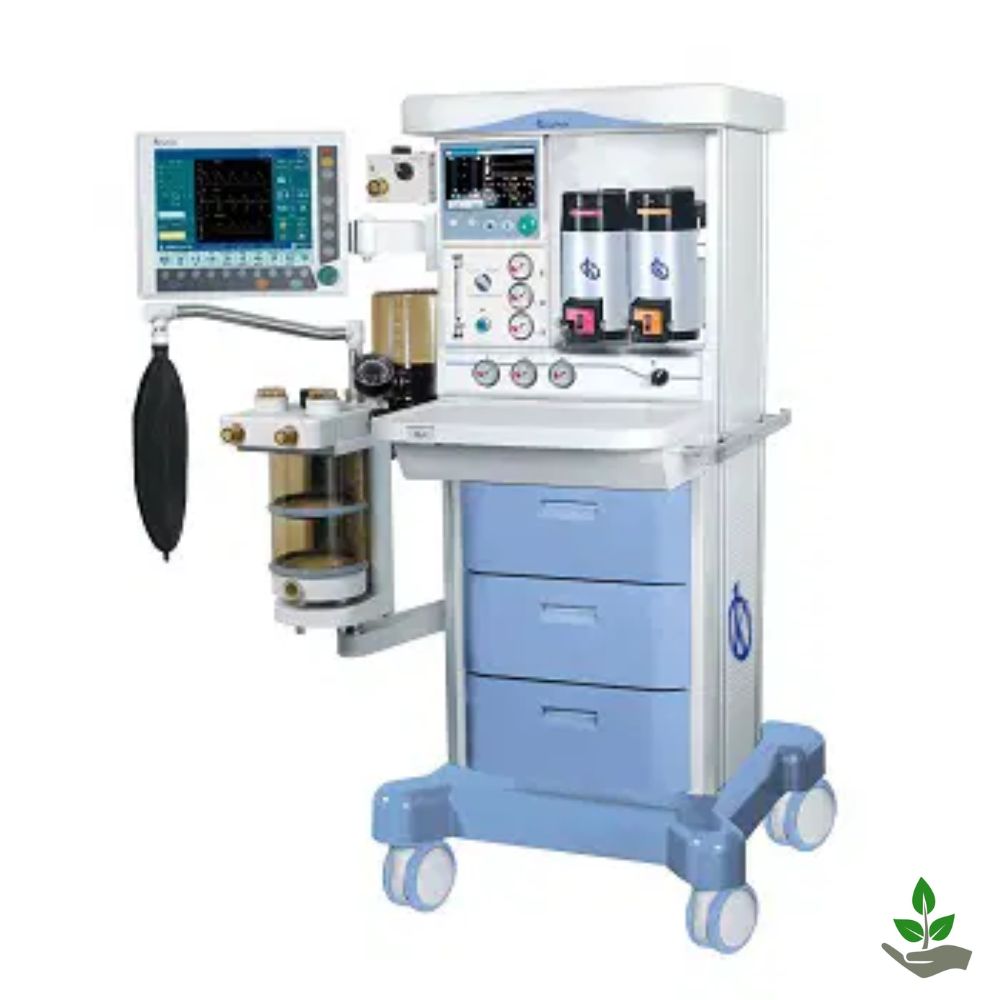
Portable Machines
Portable machines are compact and designed for mobility, making them invaluable in various medical settings. These machines facilitate quick and efficient anesthesia delivery, particularly in emergencies or remote locations where traditional systems may not be accessible. In military medical units, portable machines play a crucial role in providing care on the battlefield.
Maintenance and Calibration
Daily checks play a vital role in maintaining these machines, as they allow healthcare professionals to identify potential issues before they escalate. This routine inspection includes verifying the functionality of essential components such as gas flowmeters, vaporizers, and alarms. Scheduled servicing is another crucial aspect of this machine maintenance that cannot be overlooked.
Regularly performed by qualified technicians, this servicing includes comprehensive calibration and testing to ensure that the machines operate within their specified parameters. Software updates are essential for optimizing performance and integrating the latest safety features. Coupled with meticulous cleaning and disinfection protocols, which protect both patients and staff from infection risks, these practices form a holistic approach to anesthesia machine care.
I prefer you to check our other post: Rongeur Surgical Instrument Guide For Medical Students
Conclusion
The role of Anesthesia Machines in contemporary surgery cannot be overstated, as they play a critical role in maintaining patient stability throughout various surgical interventions. With features that facilitate accurate dosing and comprehensive monitoring, these machines have transformed the landscape of anesthesia practice, leading to enhanced safety and recovery times.
It is essential for medical teams to stay updated on the latest developments to maximize the benefits of these advanced tools. By prioritizing education and continuous improvement in anesthetic techniques, we can further elevate the standards of surgical care. Therefore, we encourage all healthcare providers to engage with ongoing training and discussions surrounding anesthesia technology.
FAQs
What is the name of the system attached to all anesthesia machines to remove waste anesthesia gases?
The system attached to all machines to remove waste anesthesia gases is known as the scavenging system. This vital component collects excess anesthetic gases that are not used by the patient during a procedure. These gases can otherwise leak into the operating room, posing health risks to medical staff.
What gases are commonly used in anesthesia machines?
Oxygen, nitrous oxide, and air are commonly used. In some cases, helium or carbon dioxide may be used for specific procedures.
What is the role of a vaporizer in an anesthesia machine?
A vaporizer adds a controlled amount of liquid anesthetic agent (e.g., sevoflurane) into the gas mixture for patient inhalation.
Why is the scavenging system important?
It safely removes waste anesthetic gases from the operating room to prevent health hazards for medical staff.
Can an anesthesia machine be used for ICU ventilation?
In emergencies, anesthesia machines can provide mechanical ventilation for ICU patients, but they are not a substitute for dedicated ICU ventilators.
Thanks For Reading…

